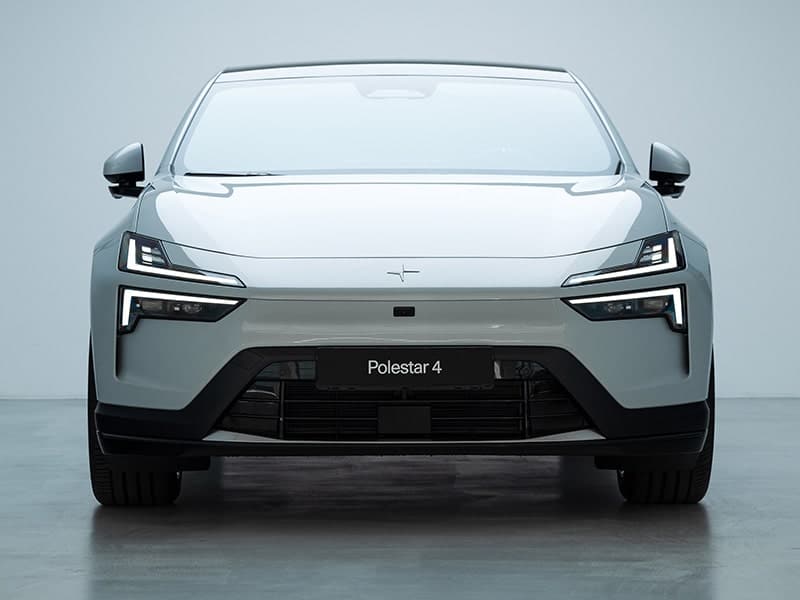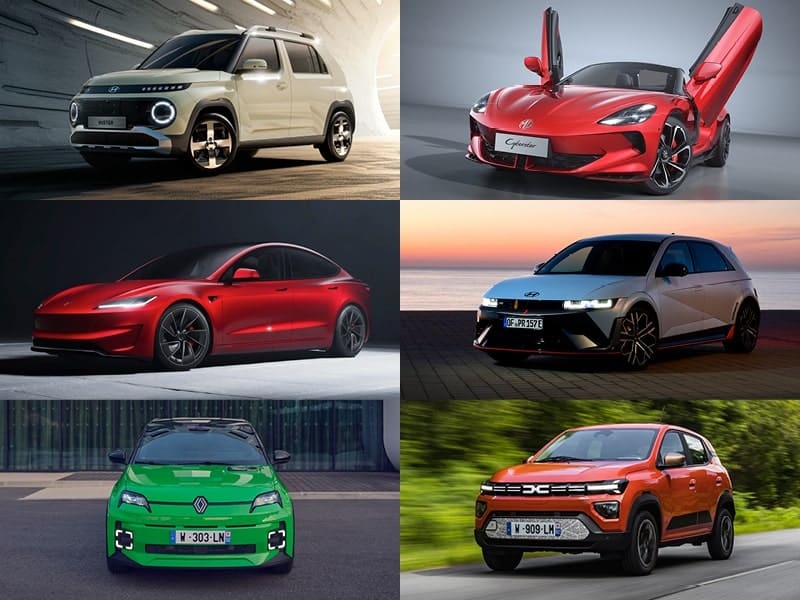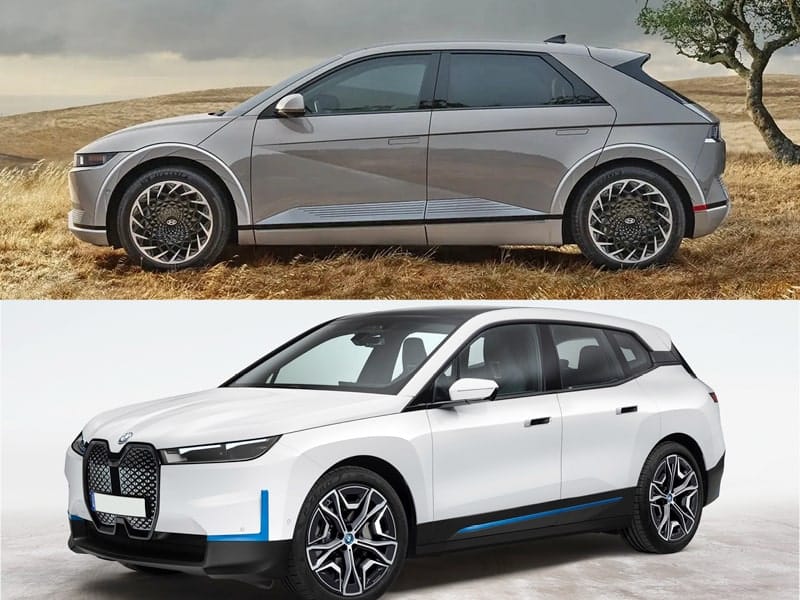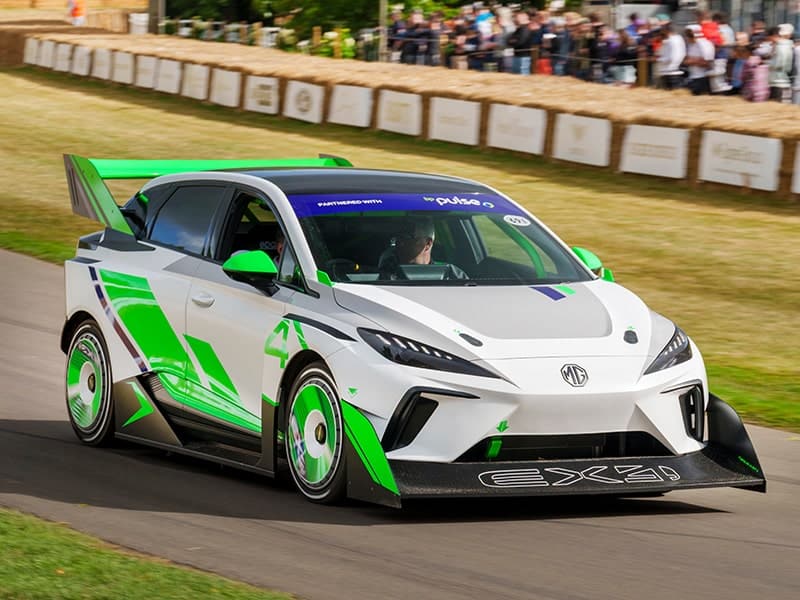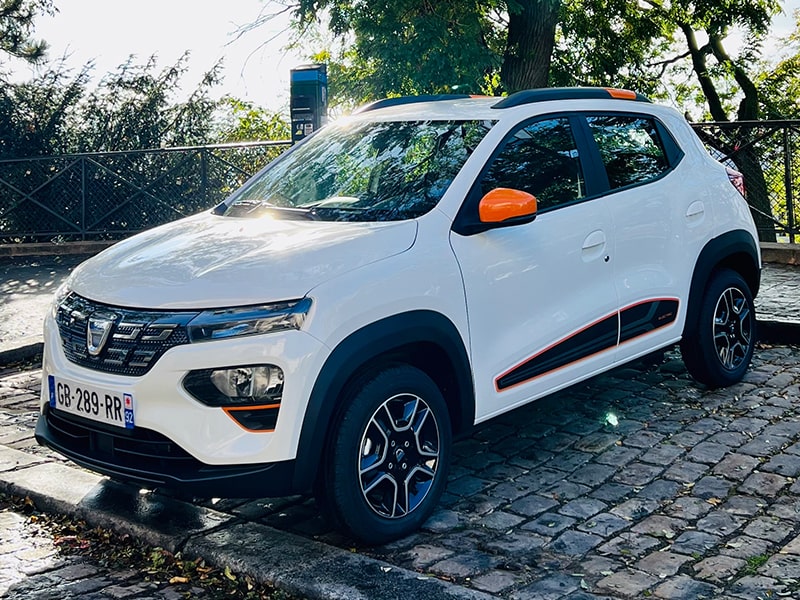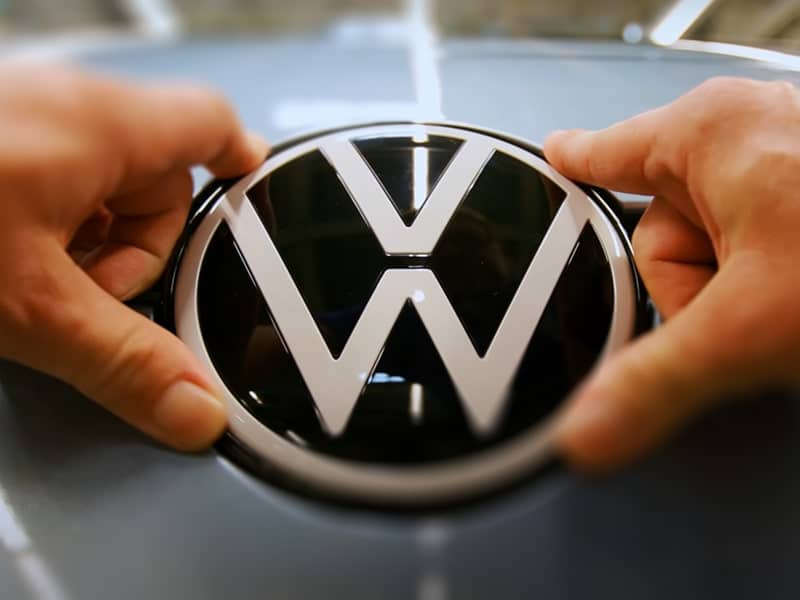
It’s fair to say that there’s quite a bit of doom and gloom in the media coverage of the automotive industry these days and frankly, it’s warranted. Temperatures are rising, the ice caps are melting and we’re all going to be underwater in a few years unless we affect rapid, radical change.
Yet, in spite of this, many of the world’s largest car makers – whose products are directly responsible for a substantial chunk of global pollution – continue to drag their feet on transitioning from ICE to EV. They await what they deem the opportune moment financially, before committing in any kind of meaningful way.
It’s a bit bleak, and sometimes it can all feel a little hopeless. But every now and then I’m shown something that restores my faith. Something that encourages me that things are moving – albeit slowly – in the right direction. That we might just be ok after all. And this is precisely how I felt after my tour of Zwickau.
There are larger electric car factories than VW’s Saxony HQ – a Tesla Gigafactory would dwarf it. But the reason Zwickau is of such significance is that, unlike any of old Elon’s facilities, this factory started life building ICE cars. And now, a cool €1.2 billion later, it exclusively builds EVs. This is a change that every single ICE car factory in the world is going to have to make within the next decade. A tour of Zwickau then, is a glimpse directly into the future.
So what did I learn from my visit? How exactly does one transform a car factory from ICE to EV? Well, at the risk of being a bit reductionist, it’s rather simple actually. There are three key steps:
- Spend a very large chunk of money refurbishing your factory to facilitate EV construction and, while you’re at it, modernise and economise your production methods. Some examples of this modernisation at Zwickau are obvious, such as the increased reliance on robots: the body shop is now 90% automated, up from around 60% in the ICE days. Robots don’t get tired, and they don’t make mistakes. Other changes are more subtle: the assembly hall is still largely human-operated due to the number of fiddly jobs involved, but now the entire assembly line sits on an ever-moving conveyor belt. It’s a subtle tweak that quite literally keeps the production moving at all times, eradicating time previously wasted transporting cars from one station to the next. When you’re building north of a thousand cars a day, little tweaks like this make a big difference.
- Retrain your workforce. This is perhaps the most overlooked aspect of the process. Even in areas of production now almost entirely automated, such as the body shop, VW has done an admirable job of keeping redundancies to an absolute minimum by reeducating its existing staff. Instead of pressing the body panels on by hand, you now operate the robot that presses the panels. This reeducation process is no easy job – people who have been doing things a certain way for a long time don’t tend to appreciate having major change thrust upon them. That’s why VW has endeavoured not only to retrain its stuff, but to actively get them behind a cause. Through a course of seminars, escape rooms (no, seriously) and even some VR sessions, employees are educated not just on how to build electric cars, but on why this change needs to happen. The aim is to make the workers feel that they are not small, expendable cogs in a very large machine, but integral contributors to a vital cause, and agents of important change.
- Do all of the above as cleanly as possible. It’s all very good building electric cars, but if you’re burning mountains of coal to power the machines that build them, it’s all a bit counter-productive. Again, Zwickau is on the right track here with carbon emissions down by more than half over the last decade and new ways of further reducing that figure constantly being discussed. The thing about mass production is that even seemingly small changes can have colossal impact. Perfect example: VW now stamps body panels on site at Zwickau, rather than doing it at the flagship Wolfsburg plant and transporting them. The amount of lorry trips this saves annually amounts to some 5,800 tonnes of CO2.
Perhaps the most satisfying takeaway from my tour of this factory of the future… was that it really didn’t feel all that futuristic. Fundamentally, I saw people building cars, and people operating robots that build cars, just as it was back when Zwickau produced petrol-powered Golfs. It’s not rocket science, it just costs a big lump of money. Money that most of the car brands who are taking their sweet time committing to electric absolutely have. So get on with it!!
See Jack’s new episode on Youtube now.
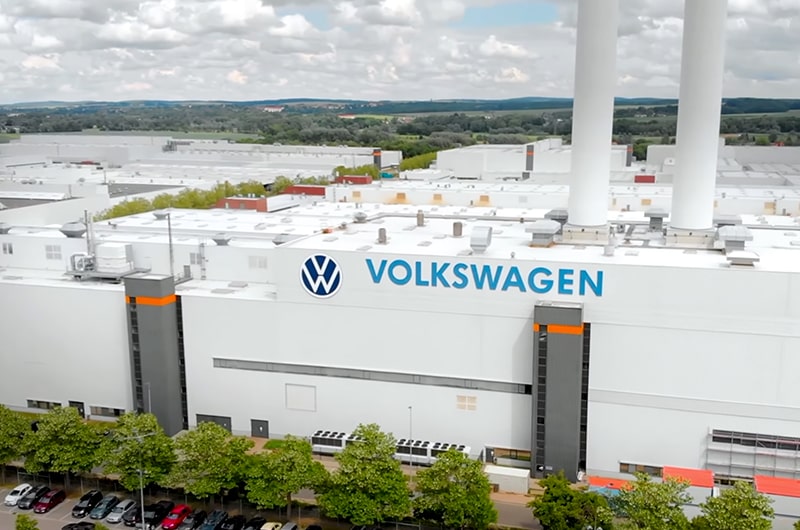
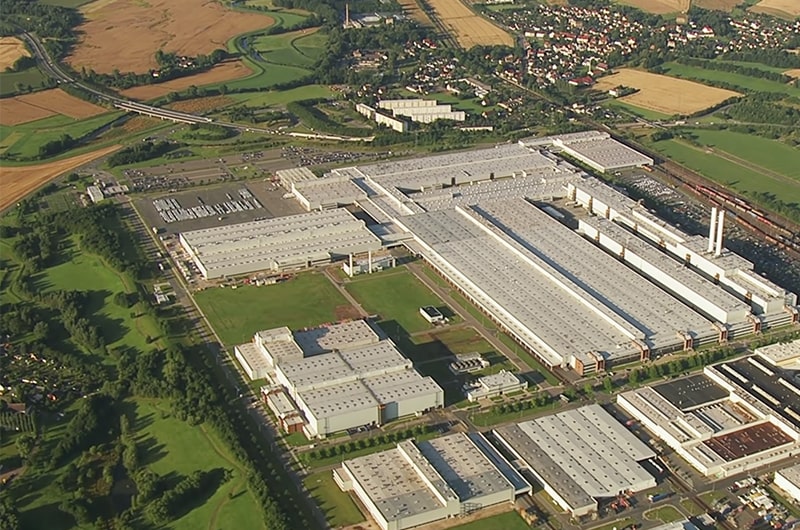
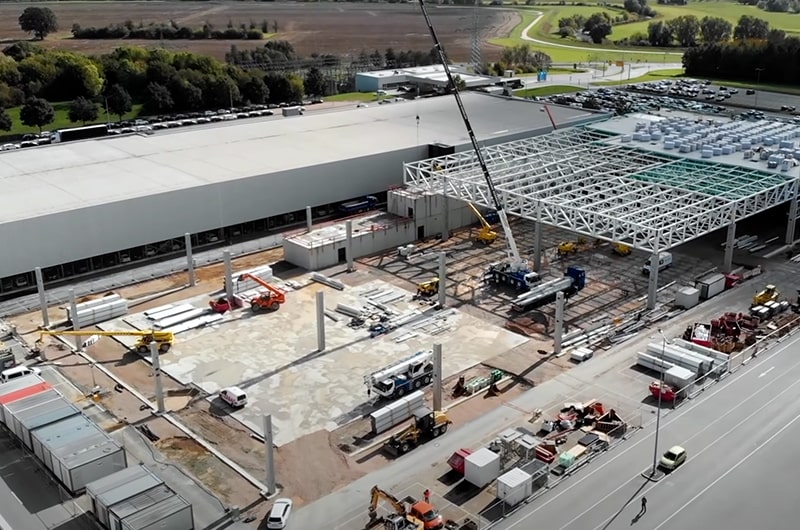
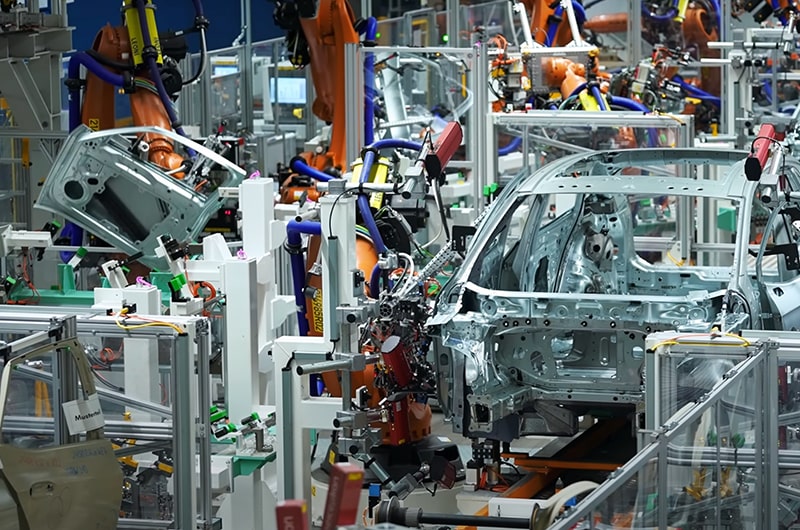

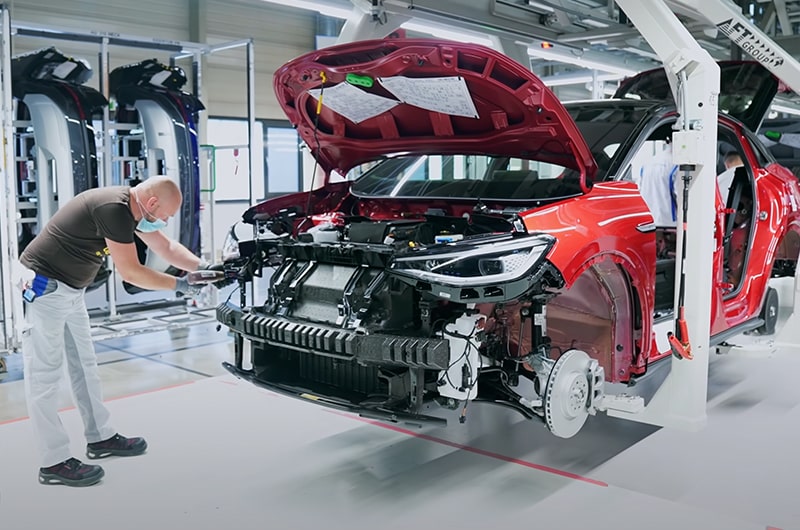

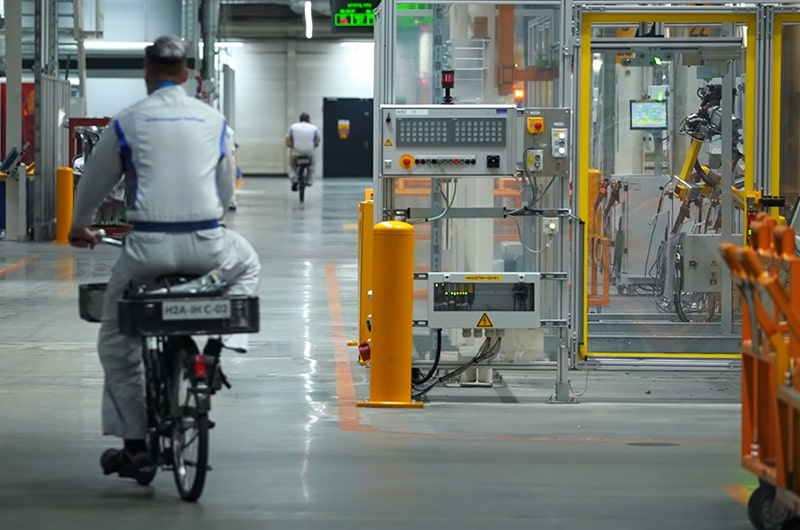
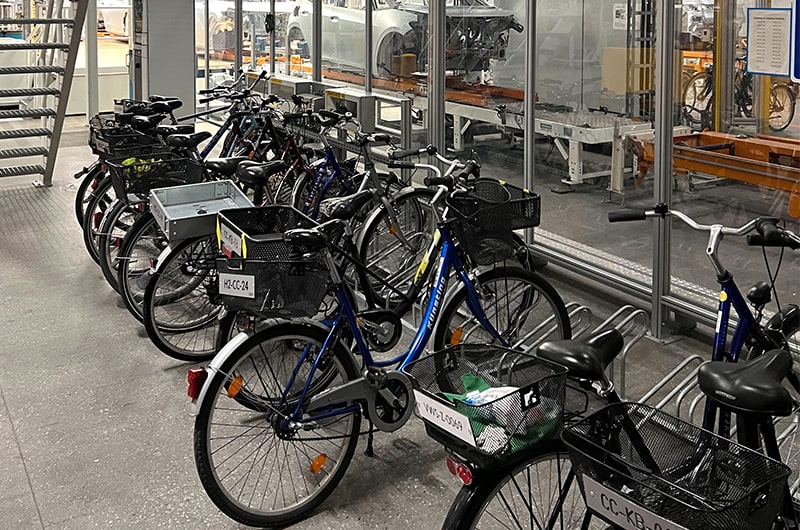
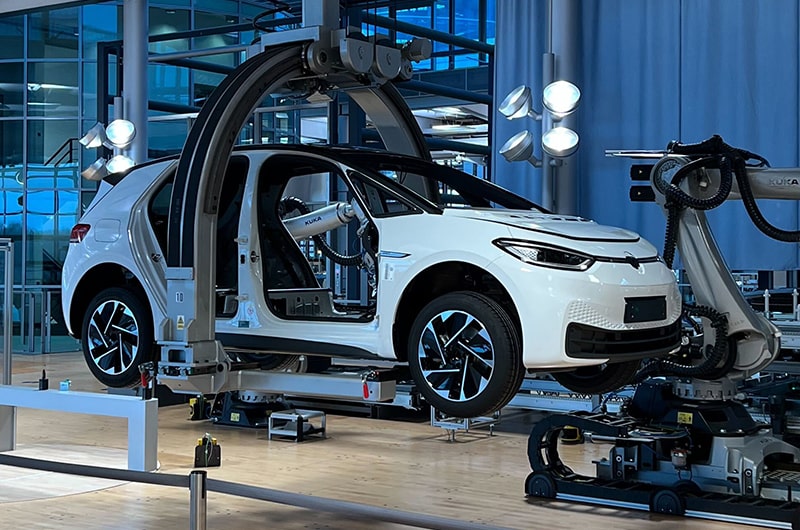

About the author
Jack is a London-based presenter, writer, and expert in all things automotive. A lifelong car fanatic and recovering petrolhead, Jack is a fully converted EV evangelist these days and, prior to joining Fully Charged, spent two years launching and fronting a new EV media brand called Electroheads.




